Understanding how to read a nutrition label is an essential skill for making informed food choices. It helps you evaluate the nutritional value of a product, compare similar items, and ensure you’re meeting your dietary needs.
Here’s a step-by-step guide to help you decode nutrition labels effectively.
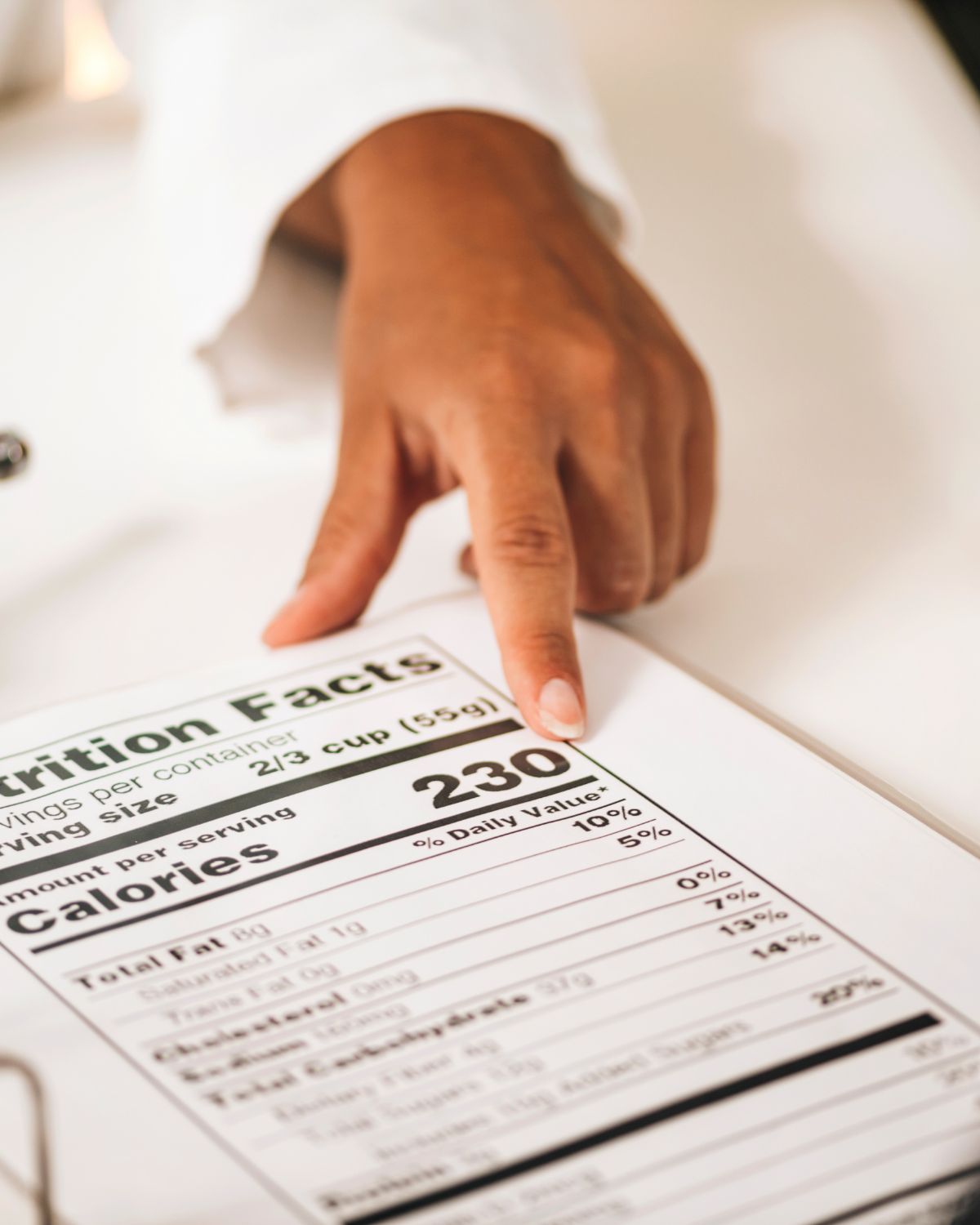
Steps on How To Read a Nutrition Label?
1. Start with the Serving Size
The serving size is the first thing you’ll see on a nutrition label. It tells you the amount of the product that the nutrition information is based on. Be sure to compare the serving size with the portion you’re actually eating to understand how much you’re consuming.
- For example, a serving of cereal might be 1 cup, but you may be eating 1.5 cups, which means you need to adjust the nutritional values accordingly.
2. Look at the Calories
Calories provide a measure of how much energy you get from one serving of the food. If you're managing your weight or aiming for specific energy intake, this is an important number.
- Keep in mind that the number of calories you need depends on factors like age, gender, activity level, and health goals.
3. Check the Nutrients Breakdown
The label will break down the main macronutrients (fats, carbohydrates, and proteins) and key micronutrients (vitamins and minerals). Here's how to interpret these:
- Total Fat: This section includes both healthy fats and unhealthy fats. Look for products that are low in saturated fats and free from trans fats. Aim for healthy fats, such as unsaturated fats (found in olive oil, nuts, avocados, etc.).
- Sodium: Sodium, or salt, is important to monitor because high levels can increase blood pressure. Try to choose products with lower sodium content.
- Carbohydrates: This includes the total amount of carbohydrates in a serving and further breaks them down into fibre and sugars.
- Total Carbohydrates: These provide energy. Choose foods with a higher amount of fibre, which helps with digestion and blood sugar control.
- Fibre: Aim to consume enough fiber for digestive health. A high-fiber diet also supports satiety and can help manage blood sugar and cholesterol levels.
- Sugars: Be cautious of added sugars in products. The nutrition label will indicate both natural sugars (like those in fruit) and added sugars (like those in sugary beverages or snacks).
- Protein: Protein is essential for building and repairing tissues. Check the protein content of food, especially if you're aiming to build muscle or have higher protein needs.
4. Look at the Percent Daily Value (%DV)
The %DV tells you how much a nutrient in a serving of food contributes to a daily diet based on a 2,000-calorie diet.
- 5% DV or less is considered low for a nutrient.
- 20% DV or more is considered high for a nutrient.
The %DV is particularly helpful for nutrients like fibere, calcium, and iron. For instance, if the %DV for fibre is 12%, it means one serving of this food provides 12% of the fibre you need for the day.
5. Watch for Ingredients List
The ingredients list shows the actual components that make up the food product. Ingredients are listed in descending order by weight, meaning the first ingredient is the most abundant in the product.
- Be mindful of products with long ingredient lists, as they often contain added sugars, preservatives, and artificial additives.
6. Pay Attention to Micronutrients (Vitamins and Minerals)
The nutrition label also lists key vitamins and minerals, such as vitamin D, calcium, iron, and potassium. These are important for overall health, and many people may be deficient in certain micronutrients.
- For example, calcium is essential for bone health, and potassium helps regulate blood pressure.
7. Consider Your Personal Dietary Needs
When reading a nutrition label, take your specific dietary needs into account. For instance, if you’re trying to manage your blood sugar, you may focus on the carbohydrate and sugar content.
If you’re building muscle, protein content will be important. If you’re watching your sodium intake, be mindful of sodium levels in processed foods.

FAQ's
Start with the serving size to understand the portion the label refers to. All nutritional values are based on this amount.
% DV shows how much a nutrient in one serving contributes to your daily intake, based on a 2,000-calorie diet. Use it as a guide to identify high or low nutrient content.
A nutrient is “low” if the % DV is 5% or less and “high” if it’s 20% or more per serving
The Bottom Line: How To Read a Nutrition Label?
Reading a nutrition label can help you make healthier food choices and better understand the nutritional value of the products you consume.
By focusing on key areas like serving size, calories, fat, fiber, and sugars, you can choose foods that align with your health goals.
Keep in mind that the labels are tools to guide you, but ultimately, a balanced diet is about variety and moderation across all nutrients.


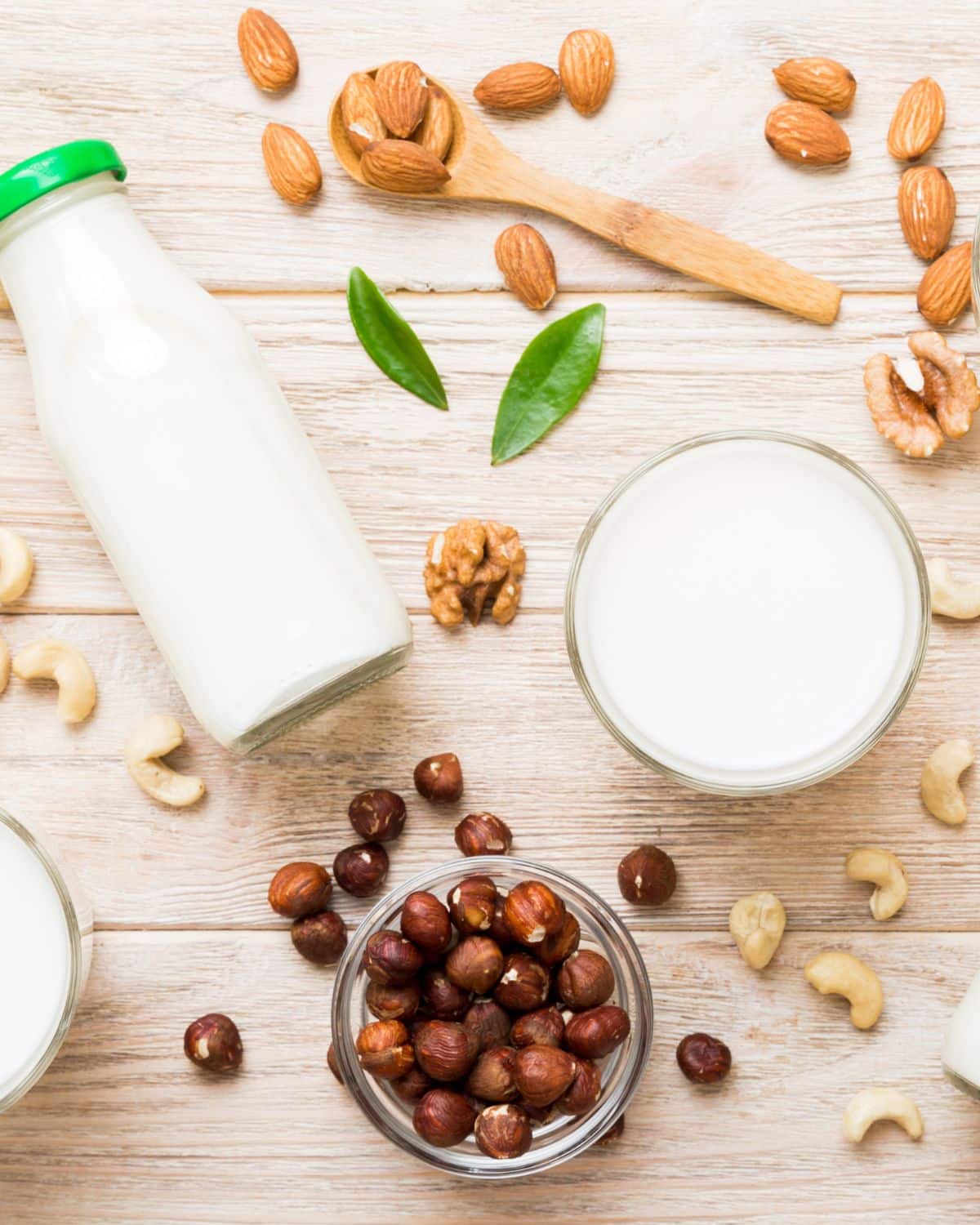

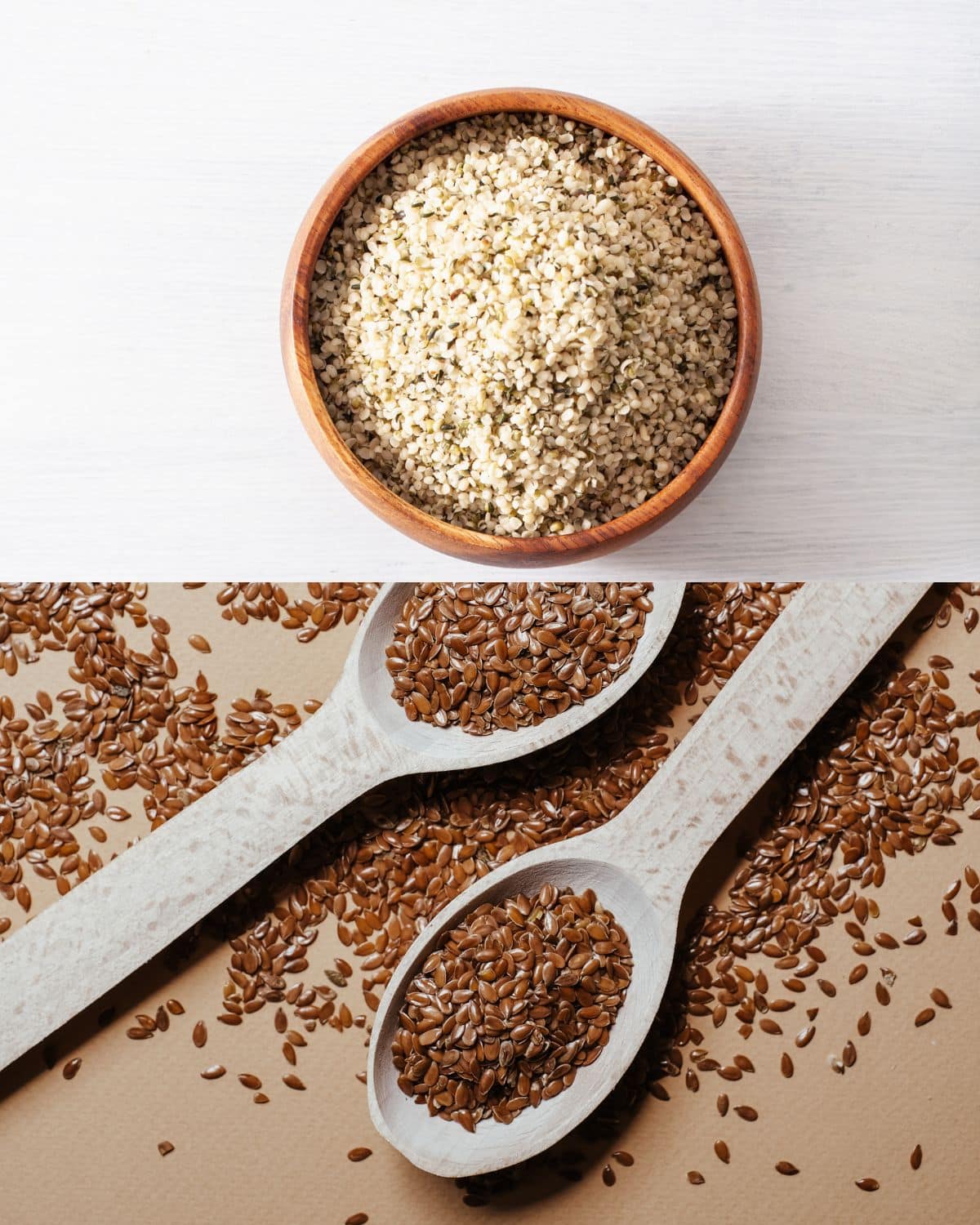

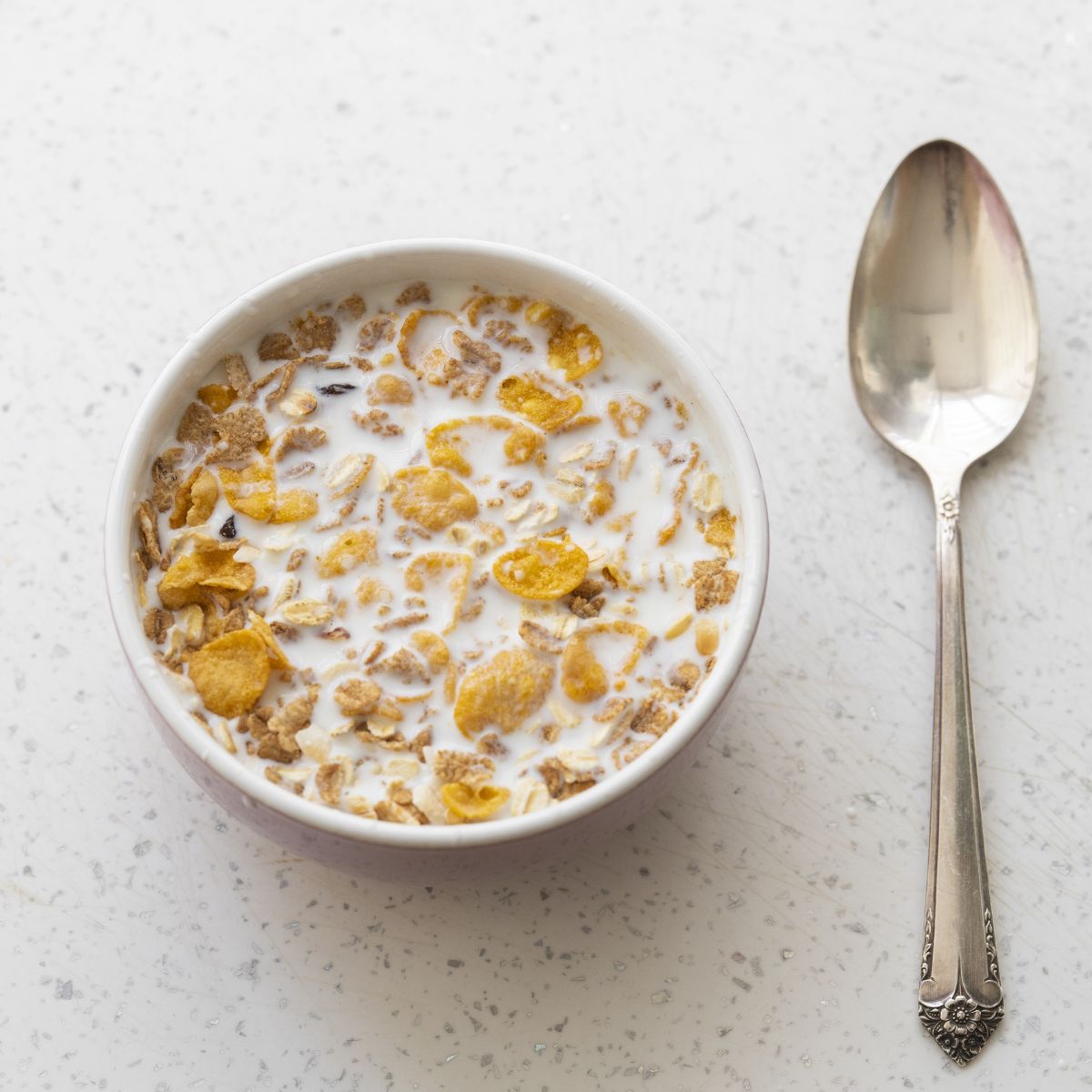

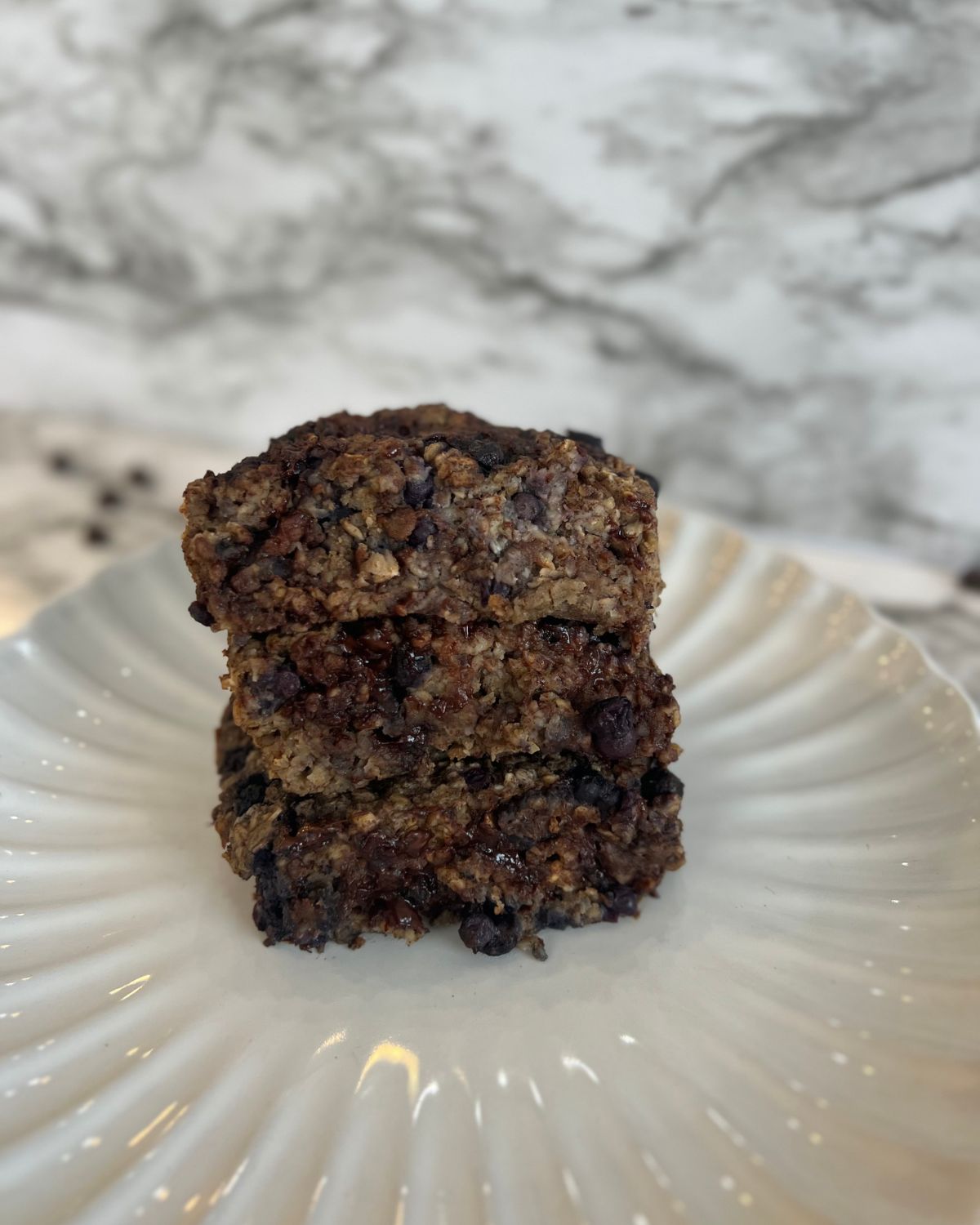



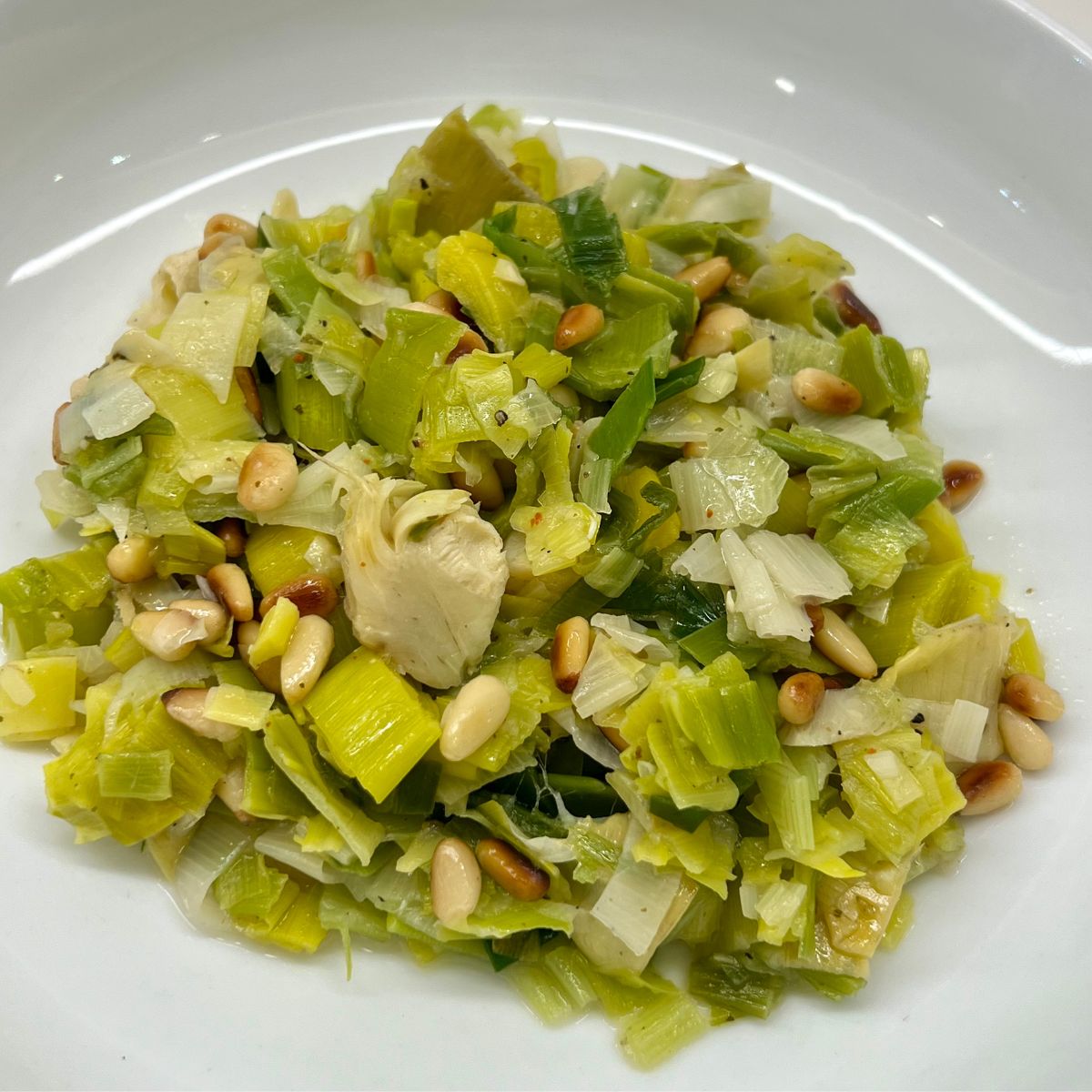
Comments
No Comments